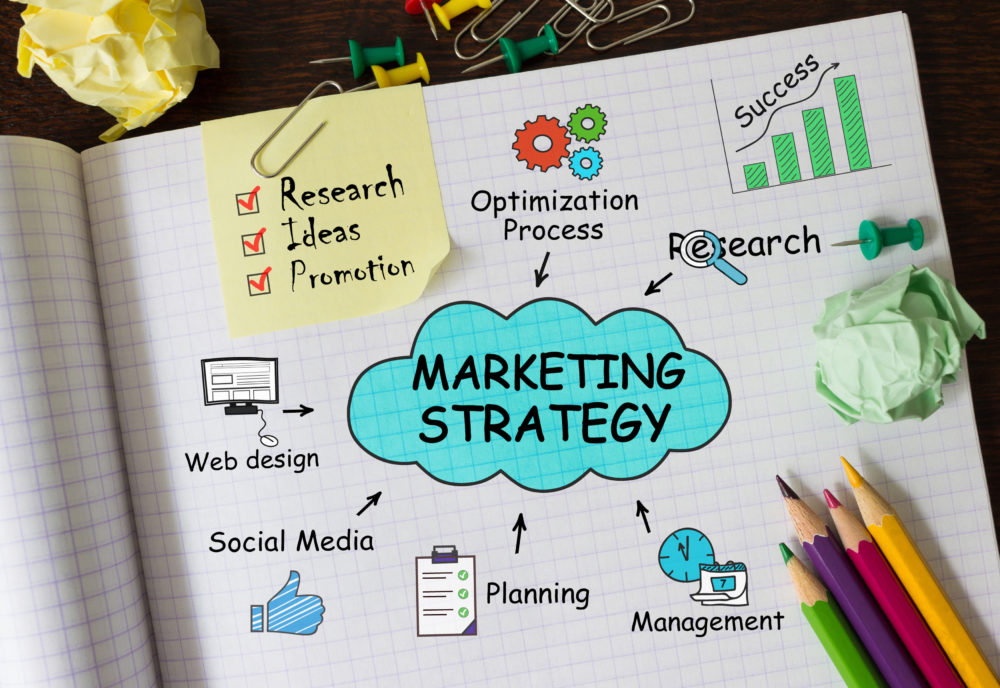Key Components of a Strategic Plan

You all know the saying that any road will do as long as you don’t know where you are going. And it is certainly true when it comes to achieving company goals. If you don’t have stated goals, have them written down, well communicated, and measured, there is a very high probability you’ll never achieve them. Thus, the importance of having a quantifiable, measurable, well-communicated strategic plan.
Roadmap
Strategic planning is like creating a map for an exciting journey. A map helps keep you on course, but it isn’t so stringent that you can’t check out a side road along the way. Each year in the fall I map out where I am, where I want to go, and how I want to get there. During the year, my plan then becomes my guide as I make business decisions and come upon new opportunities. It helps me decide if new opportunities and the choices I encounter will get me closer to my goals or are detours to be avoided. It is critical to at least annually review your plan to accommodate new developments in technology, client requests, the economy, emerging trends, and your own interests.
Key Components
1. SWOT – The first step is to determine where you are by doing a SWOT analysis – identify your internal Strengths and Weaknesses and your external Opportunities and Threats. Make a grid and fill in the blanks. Use two columns and two sections. Internally analyze human, financial, technological resources, culture, etc. Externally examine the economy, political/regulatory, social/demographic, technology, competition, etc.
2. Vision, Mission and Values – craft a short statement that quickly and easily describes your purpose (Mission) and your ultimate future (Vision). Who are your clients/customers, what makes you different, how would your customers describe you, what do you offer, how are you unique, what will you be like tomorrow? Here is a quick template to follow: “The purpose of ABC Company is to _________________ so that the company and our stakeholders benefit from ____________________________. This quickly states who you are, why you exist, and what benefits occur as a result of your business. You can get clever later on, for now get it on paper. Now list the guiding principles that underpin the behaviors you expect of your self and others in order to achieve results. Trust, honestly, creative solutions, integrity, customer services, etc., are examples of guiding principle values.
3. Objectives – identify the key objectives that have to be met in order to achieve your vision and mission and goals for the year. State them in specific, quantifiable, measurable terms. They need to be ambitious, but realistic. Focus on “what not how”. Your list will grow, but pare it down to the critical 4-5 most important items for advancing your business this year.
4. Action Planning – Now we’ll look at the “how”. For each objective, create a detailed action plan of how you will meet this goal. For each objective state:
-Desired results – what needs to happen or what benefit will occur
-Potential obstacles/barriers – what might stand in your way or prevent progress
-Support – what resources, people, tools do you have or need
5. Implementation Process – what steps must be taken – indicate who will do what and by when. I do a quick monthly review to see what is on target, what is falling behind, what follow-up is needed, etc. This gives me a visual update and reminds me of my targets and how I am progressing.
6. Evaluation and Measurement – how will you know you’ve successfully achieved the objectives (this is why each must be stated so it is specific, quantifiable and measurable). As you get more sophisticated, a set of balanced scorecard measure is an ideal way to track, measure, and communicate your progress, but for now just determine how each objective will be measured.
This seems like a lot of work, but if you’ll map out each objective you will have a clear picture of where you’re going, how to get there, and achieve your goals quicker since you’ll avoid unnecessary, costly detours.
The simplicity of these steps and descriptions belie the difficulty of this task. I have facilitated many senior management teams that struggle getting even the first two steps done. However, if you set aside quiet time with your key colleagues and valued advisors, this need not be a monumental task. Once you have it in place, the annual process of reviewing, revising and refreshing becomes not only much easier, but very beneficial. You walk away from this exercise with a sense of direction and satisfaction about how you are going to achieve your business goals with the assurance of avoiding at least some unnecessary, costly detours.






